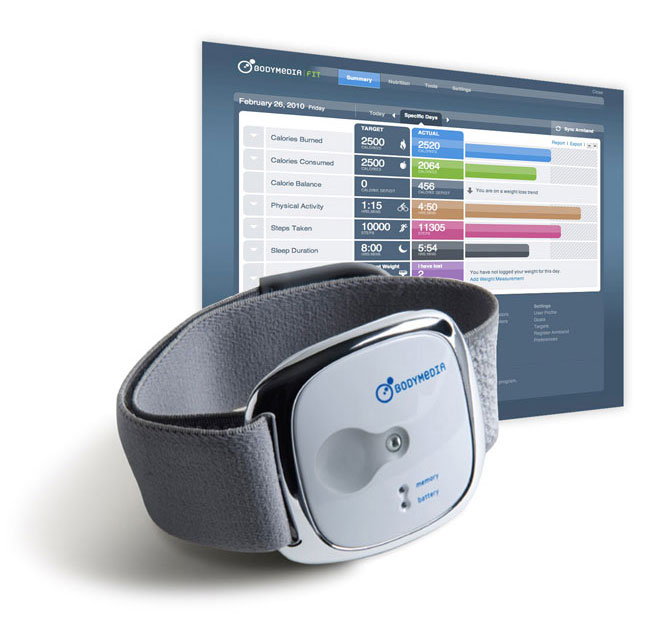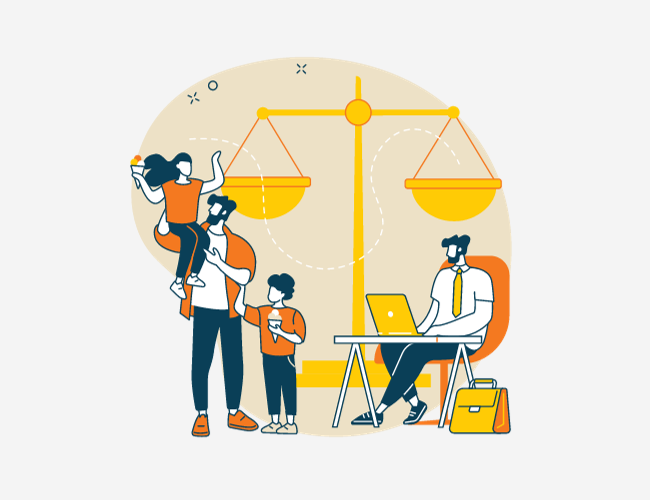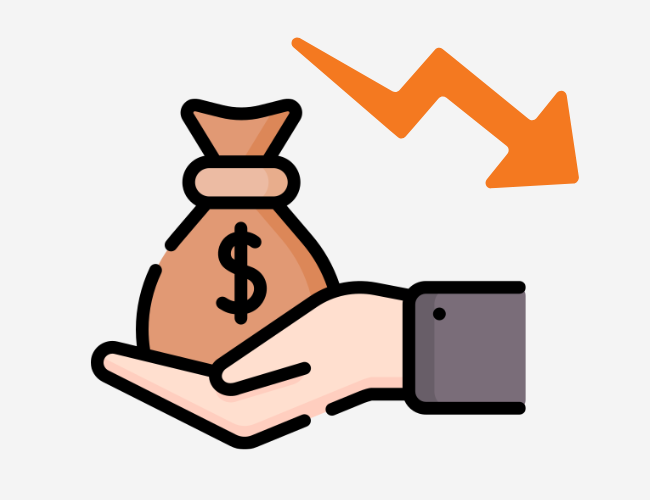A new study published in The Journal of the American Medical Association (JAMA) has the digital health, employee wellness, and wearable community abuzz. According to the study, wearable activity trackers can count steps and calories burned but cannot help users lose weight. In fact, the study suggests one could lose more weight without a device. Before one cues the moment silence for the wearable market, the details of the study need to laid out on the table. After a quick review, the deficiencies in the study will be apparent.
The Study
Scientists from the University of Pittsburgh Physical Activity and Weight Management Research Center sought out to discover the impact, if any, that wearable activity monitors could have on weight loss. They recruited 471 overweight men and women ages 18 to 35 to participate in a weight loss program. The age range for the study was selected so that participants would be competent and familiar with technology, such as activity trackers. The participants were self-identified as wanting to lose weight.
For the first six months of the study, followed a straightforward, low-calorie diet designed for steady weight loss and were encouraged to be more active (specifically, at least 100 minutes of moderate activity each week). The end of this program resulted in every participant losing weight.
At this point, the researchers divided the participants into two groups. The first group was asked to begin logging their daily exercise sessions onto a study website. The second group received BodyMedia SenseWear activity trackers that provides feedback to the user on step counts, calories burned, and more. Through occasional check ins from counselors and encouraging text messages, participants managed to log into the study website or wear the device on most days of the 18-month portion of the study.
After 18 months, most of the participants had lost weight (although many had regained the weight lost during the first six months of the study). The first group, who used the study website, lost an average of 13 pounds while the second group, who used activity trackers, lost an average of eight pounds.

Interpreting The Results
Like many people, the researchers were surprised by the results. One explanation was that devices could potentially be demotivating. Imagine a user being so far from their step goal near the end of the day that rather than trying to bridge to gap partially, they instead choose to give up. Another explanation was the participants may have focused on the technology rather than behaviors.
When interested parties from the wellness community weighed in, they pointed out considerable flaws in the study. First, they pointed out that the study started in 2010 and the market for these technologies has come a long since then. For example, BodyMedia SenseWear is no longer being made and its parent company is on the verge of going out of business. Also, that version of the device did not have a display, users had to log into a website to see their stats, and the device was a clunky piece of hardware that had to be strapped the user’s upper arm. Today, practically every tracker has a monitor that shows numbers in real time and can connect with friends for social support.
Other critics point out that the age group of the study is narrowly defined. Also, the study evaluated whether a clunky, early fitness tracker was a useful add-on to an already robust weight loss regimen (counseling, text messages, education).
Regardless of one’s opinion on the study, one thing is clear: studies on digital health have a hard time keeping up with technology. By the time a study passes peer review and gets published, the technologies being evaluated often change dramatically. Hopefully, this study will prompt more research on the topic.












